The curator and writer reveals her writing rituals, shares stories from The Fake Newsroom and reminds us that in these troubled times, ‘all we have lost is a false sense of security’.
1. Show us a sample of your work.
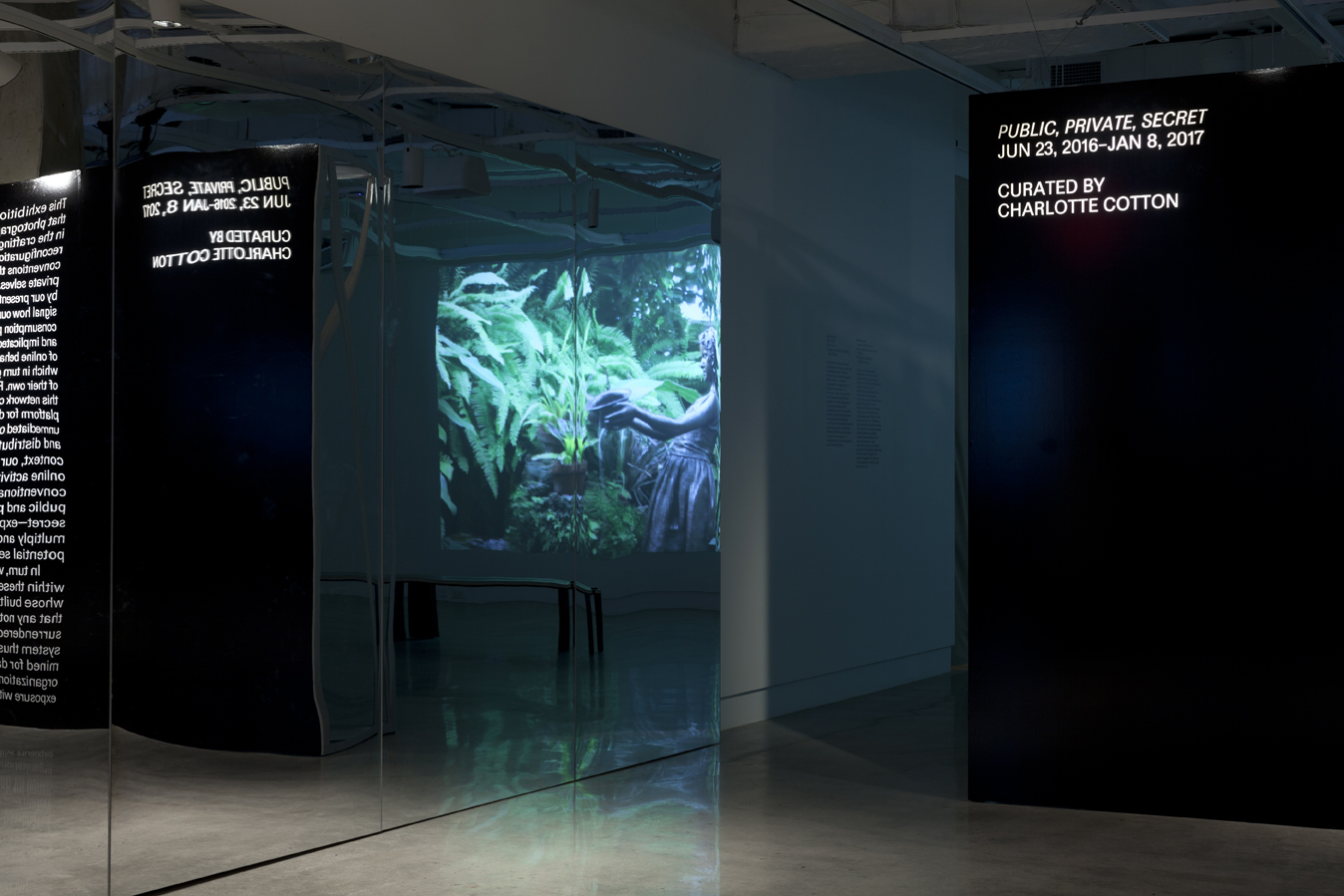
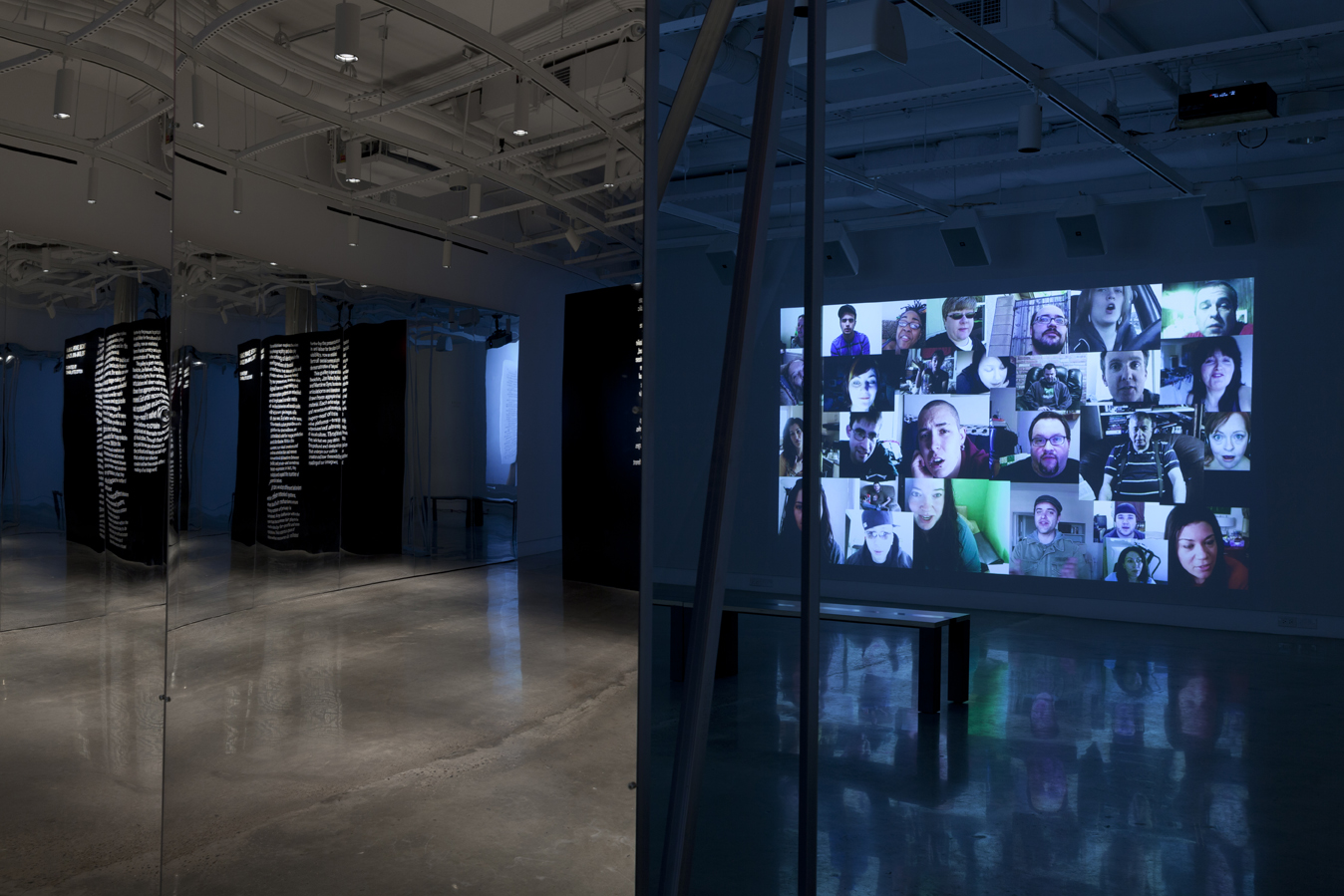
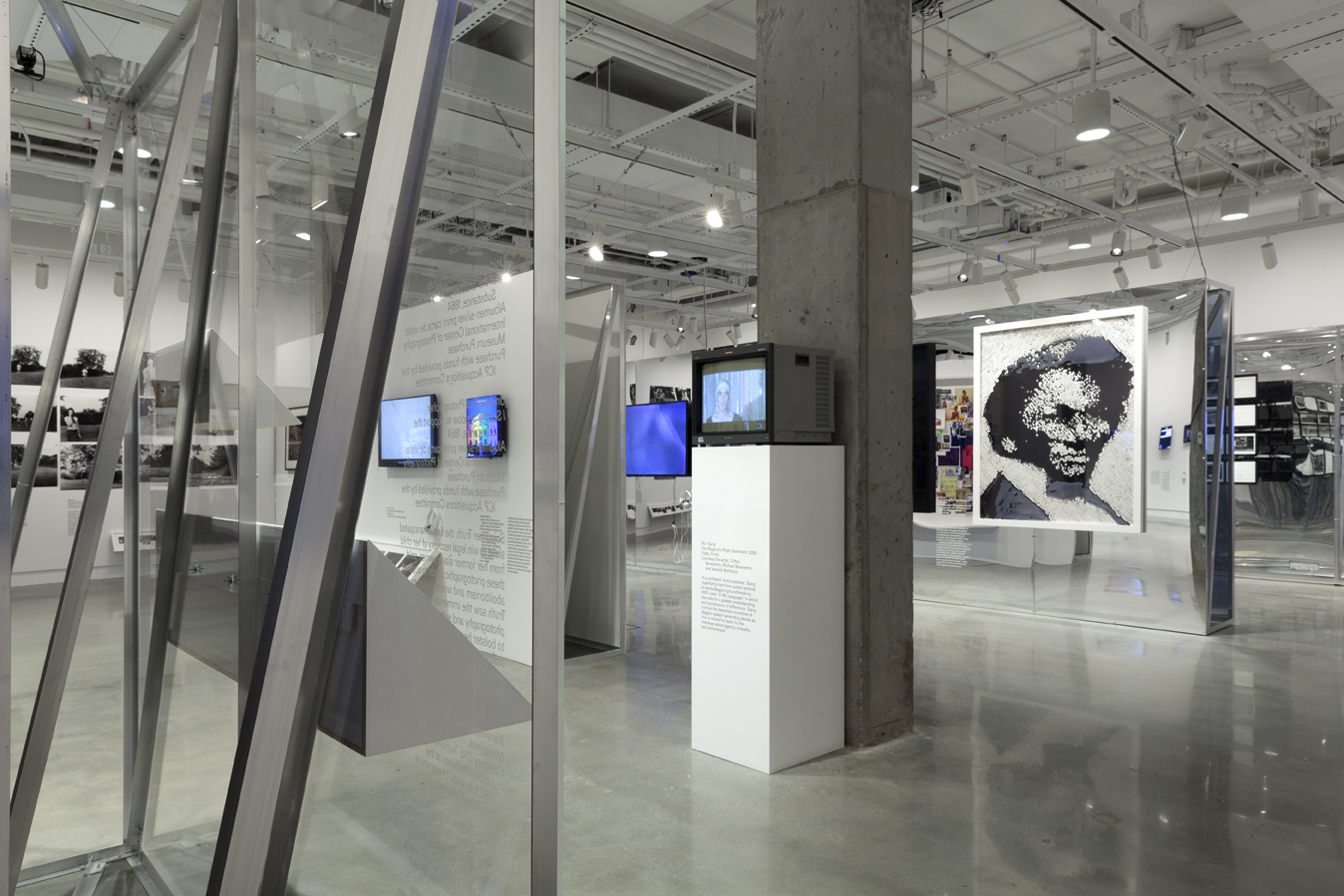

Public, Private, Secret (June 23 2016 – January 8 2017, ICP Museum, New York) is a project that constellated historical photographic precedents, contemporary artists’ work and real-time media streams to speak of visual culture’s impact on our personal privacy. It was important that the experience of the exhibition and program invited the viewer to take the issue of privacy very personally. That was played out in many ways in the exhibition – the way we used text, designed by Geoff Han, the creation of subjective, contingent meaning created by the groupings of photographs and videos, or the surveillance ‘Clock’ created by David Reinfurt, for example. The collaboration with spatial designers Common Room created the architectural, physical reinforcement of the exhibition’s proposal – we used mirrored, two-way mirrored and transparent wall surfaces that implicated the viewer’s body within the exhibition’s narrative.
2. What research is currently most informing your practice?
I am currently editing the ‘Public, Private, Secret’ reader that will be published by Aperture in Spring 2018 and enjoying the chance to reflect back with the amazing contributors to this project. But this year – this traumatic year of ideological death rattles – has been spent learning about Los Angeles through the lens of artist Lauren Bon and her Metabolic Studio’s actions – all along the 300-mile journey of the city’s water resources from the Eastern Sierras and out to sea at Long Beach. We go public with stories of living systems in October this year through a new Metabolic Studio website.
3. Which photograph are you obsessed with right now and why?
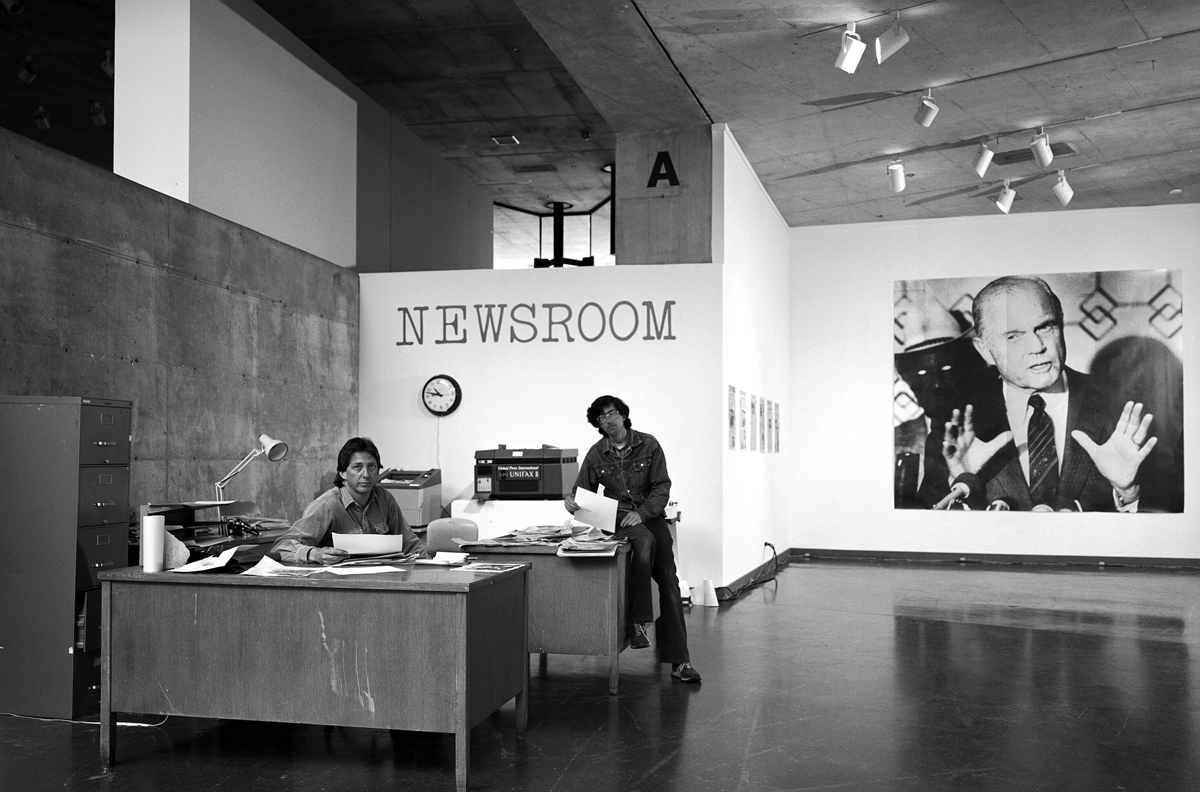
A wallpaper version of this image was pasted on the wall of the Fake Newsroom that ran for about three weeks this past spring in San Francisco. Orchestrated by Jason Fulford, with Kelly Sultan, and the other “editors in chief” Jim Goldberg and Dru Donovan, Mike and Larry’s photograph visually oversaw a recasting of their 1983 Newsroom installation. The Fake Newsroom was so timely – not just its coinciding with Larry and Mike’s solo exhibitions at SFMoMA but the idea of having access to an AP image feed from which artists could articulate alternate readings of the news.
4. What video can you not stop watching?
5. Can you give us five links to things you think we should know about?
http://www.rubber-factory.info/women-in-colour
https://fraenkelgallery.com/exhibitions/sol-lewitt-liz-deschenes
https://twitter.com/theicala?lang=en
http://altmansiegel.com/wp/wp-content/uploads/2017/08/SE_SOIL_EROSION-web.pdf
6. How many photos do you have right now on your phone? Please share one…and feel free to give us some context if you feel like it.
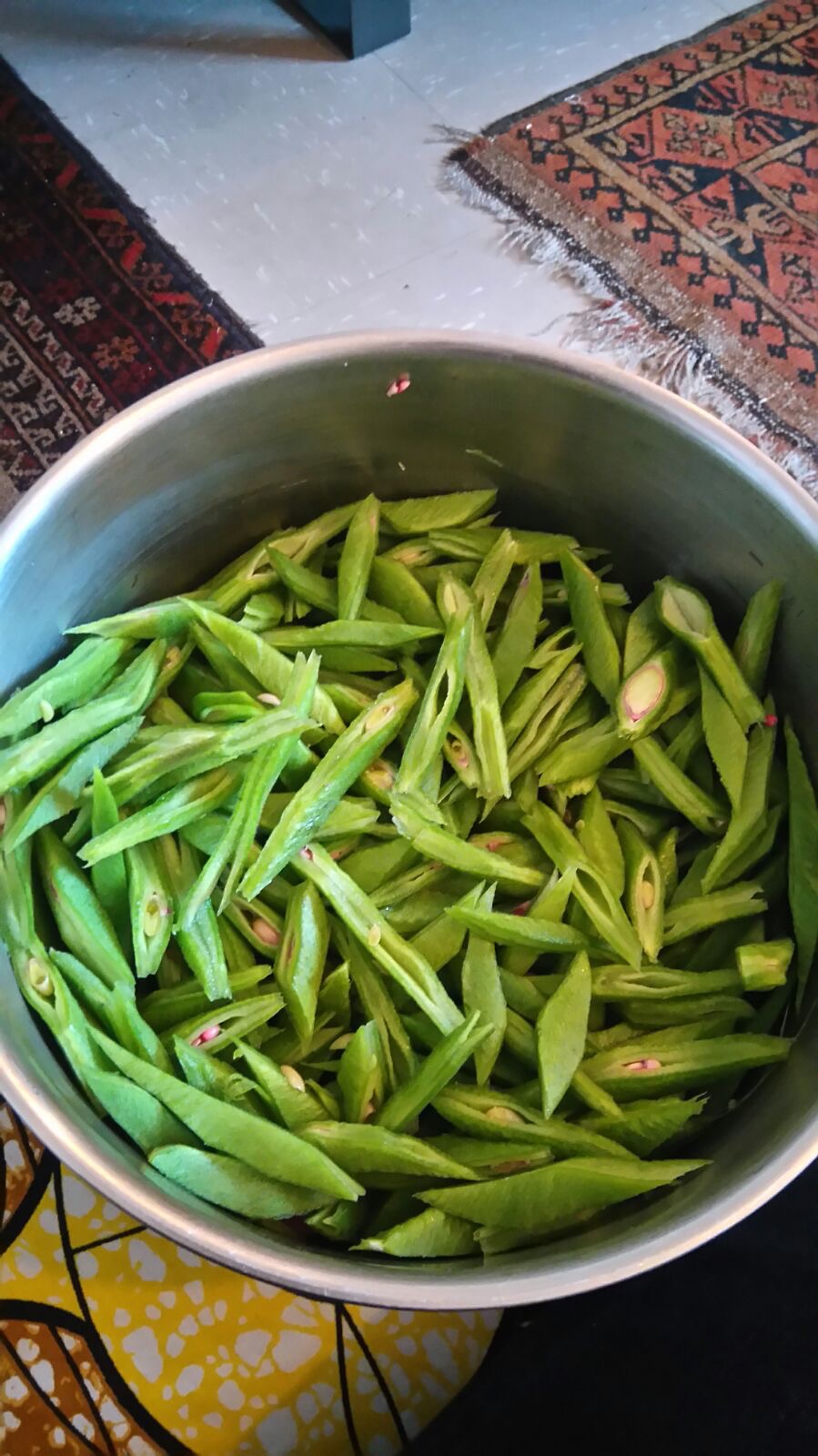
My sister in London and I send each other pictures most days – here’s a recent picture of the runner beans she was about to cook that she picked from our parents’ garden.
7. Send us a pic of your desk/workspace.

8. What is the most coveted photo book you own and why?

I’ve been re-looking at Alexander Liberman’s 1951 book ‘The Art and Technique of Color Photography’. I’ve been working on a future book project with Peter Saville and designer Simon Earith, and the way that Liberman uses layout is just mindblowingly brilliant.
9. What concerns you?
It is definitely a time in the world and in my life that I have to keep reminding myself that all I have lost is a false sense of security.
10. What makes you happy?
Any encounters with pugs, dinner at Musso & Frank or the Oyster Bar at Grand Central Station, walking on Sunset Blvd at sunset, a night out at the Magic Castle in LA.
About Charlotte: Charlotte Cotton is a writer and curator and currently curator in residence at Metabolic Studio, LA. She has held positions including, curator in residence at the International Center of Photography (2015-2016), and devised the opening program for ICP’s 250 Bowery space. Previously, she was curator of photographs at the Victoria and Albert Museum (1993-2004), head of programming at The Photographers’ Gallery (2004-5) in London, and curator and head of the Wallis Annenberg Department of Photography at the Los Angeles County Museum of Art (2007-9). Charlotte has been a visiting scholar at Yale University, New Haven; NYU and Parsons, The New School for Design, New York; and California College of Art, San Francisco, and critic in residence at Otis College of Art and Design, Los Angeles. She has also been a visiting critic at US institutions including, Art Institute, Chicago; UPenn, Philadelphia; UCLA, UC Irvine, USC and UC Riverside in Southern California. Charlotte is also the author of Imperfect Beauty (2000), Then Things Went Quiet (2003), and The Photograph as Contemporary Art (2004), Photography is Magic (2015) and founder of Words Without Pictures (2009) and eitherand.org (2013).